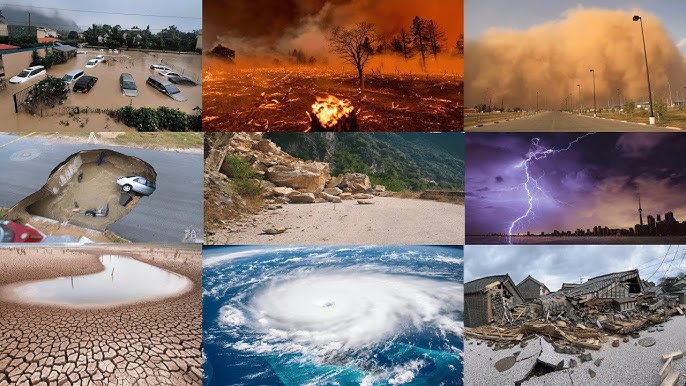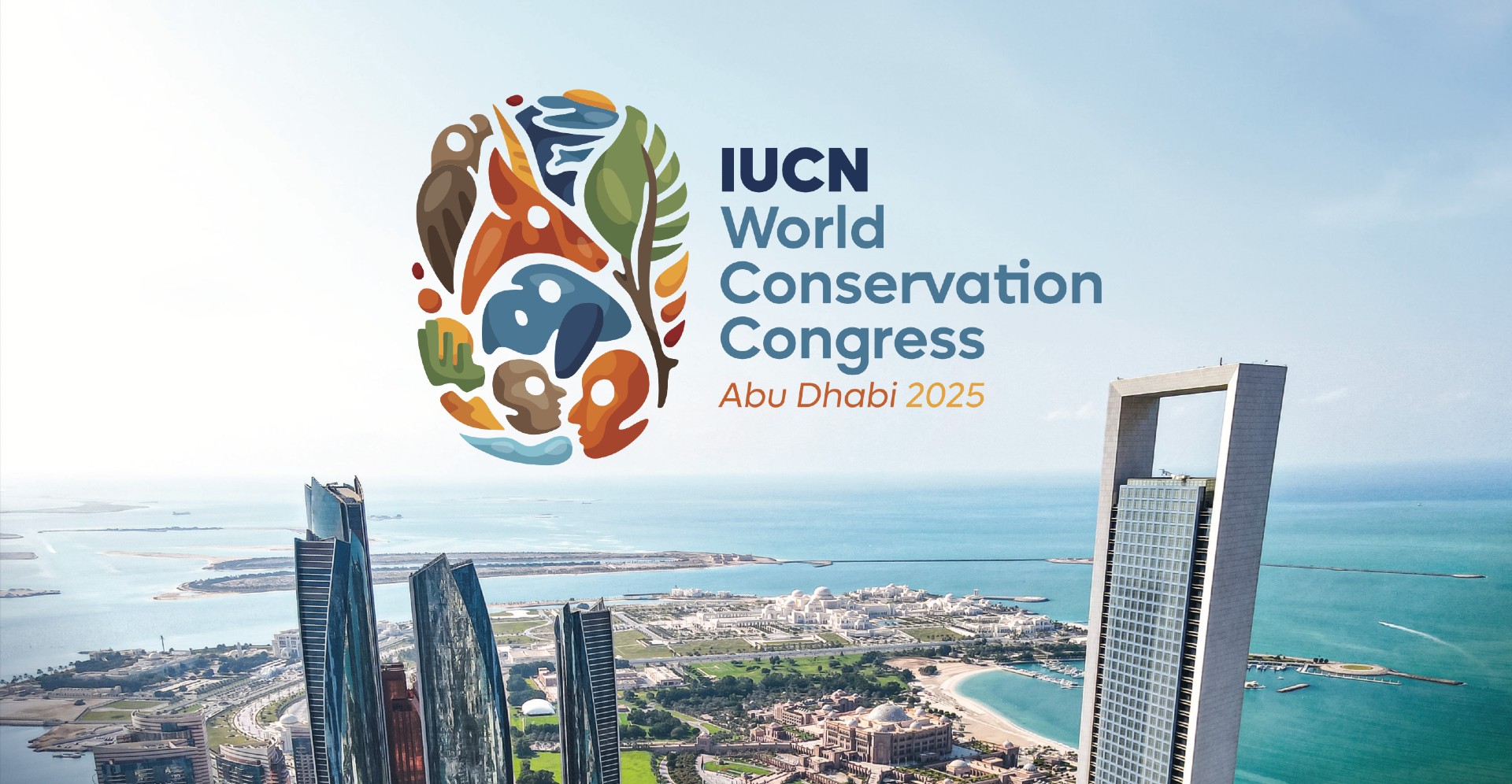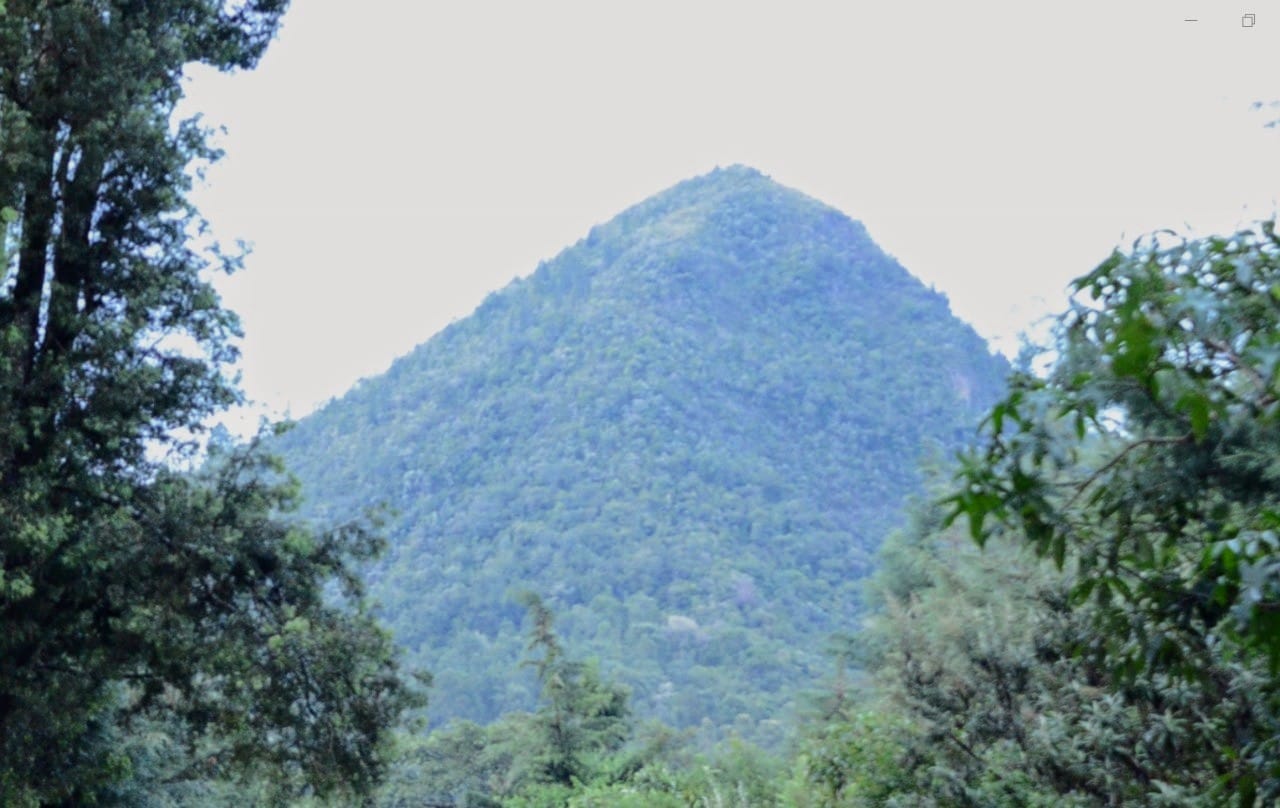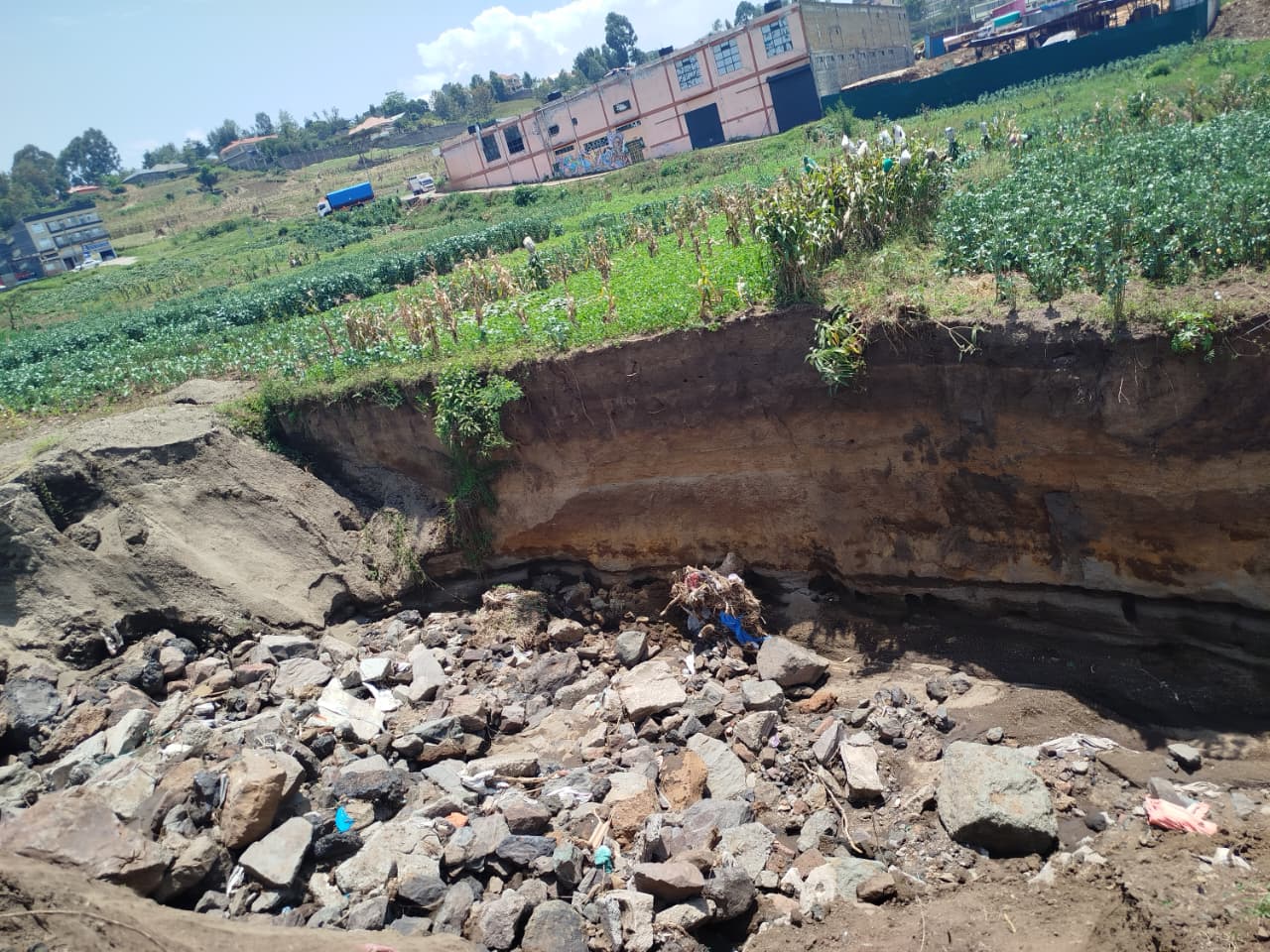- On October 13, the globe honors International Day for Disaster Risk Reduction (IDDRR)
- While the day itself provides a focal point for awareness campaigns and public engagement, it is rooted in decades of global efforts to reduce disaster risks and safeguard lives.
On October 13, the world marks International Day for Disaster Risk Reduction (IDDRR), which serves as a reminder to nations, organizations, and communities of the growing imperative to enhance resilience against natural and manmade hazards.
While the day itself provides a focal point for awareness campaigns and public engagement, it is rooted in decades of global efforts to reduce disaster risks and safeguard lives.
The United Nations (UN) first designated this day in 1989 as the International Day for Natural Disaster Reduction, reflecting an early realization that disasters were not unavoidable events, but rather risks that could be managed through preparation and planning.
The observance evolved to highlight disaster risk reduction (DRR), encompassing proactive strategies to prevent loss of life, protect infrastructure, and reduce economic disruption caused by floods, storms, earthquakes, droughts, and other hazards intensified by climate change.
Despite this, disasters are increasingly costly with their impacts under estimated, according to the United Nations Office for Disaster Risk Reduction (UNDRR). The Global Assessment Report on Disaster Risk Reduction (GAR) 2025, highlights how direct disaster costs have grown to approximately $202 billion annually, but that the true costs of disasters is over $2.3 trillion when cascading and ecosystem costs are taken into account.
Climate-related disasters, such as major floods and wildfires, are becoming more frequent and severe, putting vulnerable populations at risk and emphasizing the need for comprehensive, coordinated action.
Central to global efforts in disaster risk reduction is the Sendai Framework for Disaster Risk Reduction 2015–2030, a landmark agreement adopted by UN member states. The approach focuses on assessing disaster risks, enhancing governance, investing in resilience, and implementing preparedness and recovery measures that "build back better."
It encourages governments to integrate disaster risk reduction (DRR) into their sustainable development, urban planning, and climate adaption strategies, emphasizing that preventing disasters is far more effective than responding to them after they occur.
As the world faces escalating climate risks, IDDRR serves as a reminder that resilience is not optional. It is a collective obligation that needs collaboration among governments, scientific institutions, the private sector, and even citizens.
By investing in disaster risk reduction today, societies can protect lives, safeguard development gains, and create a safer, more resilient future.
Stay connected with us on WhatsApp for instant updates and breaking news as it happens.






